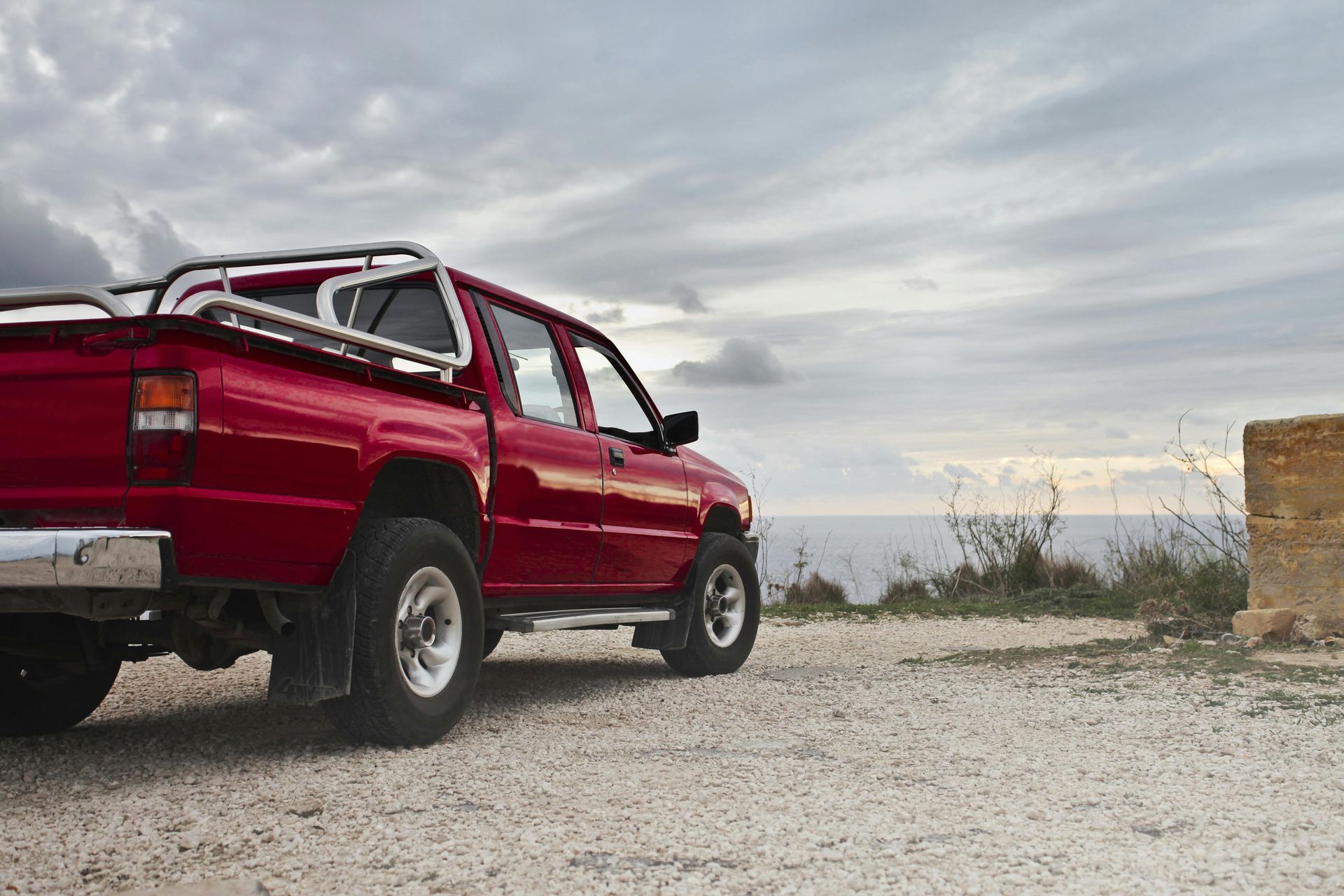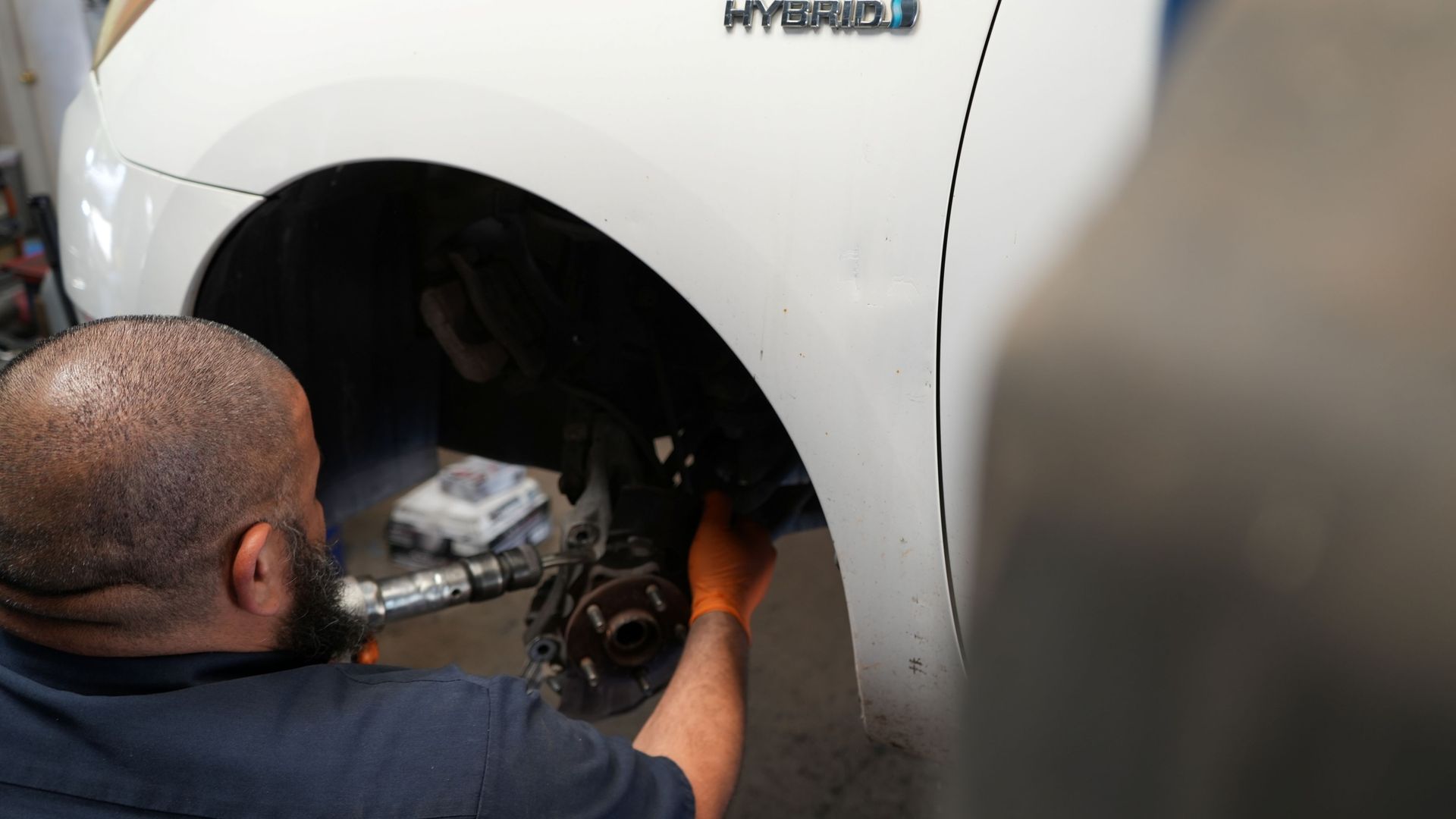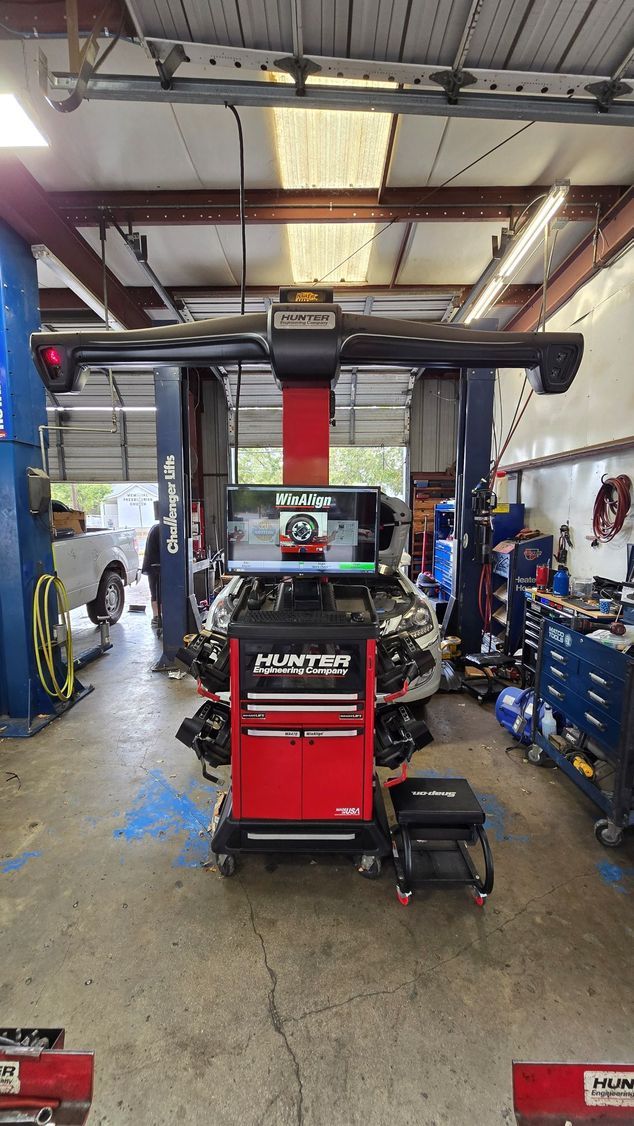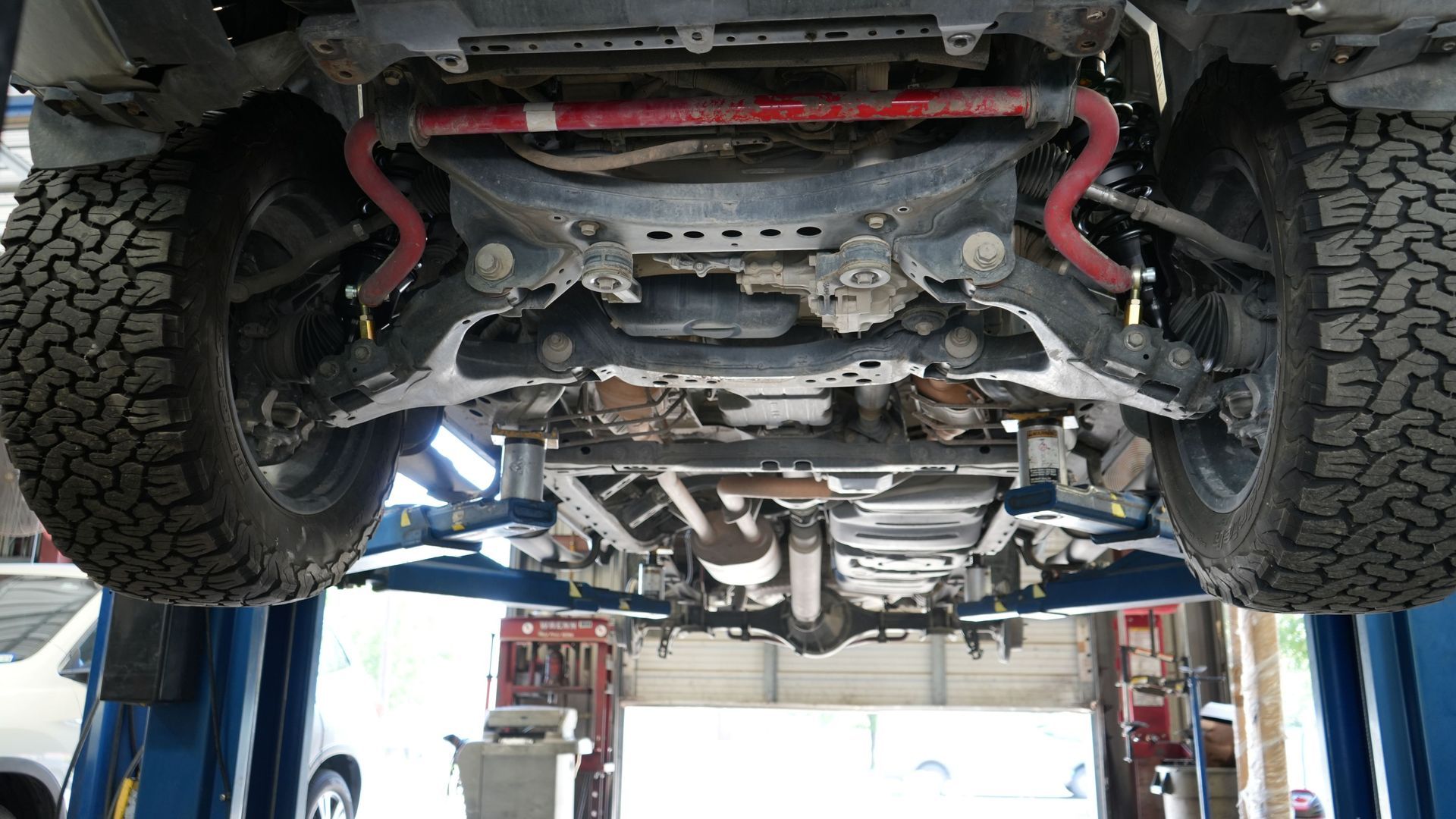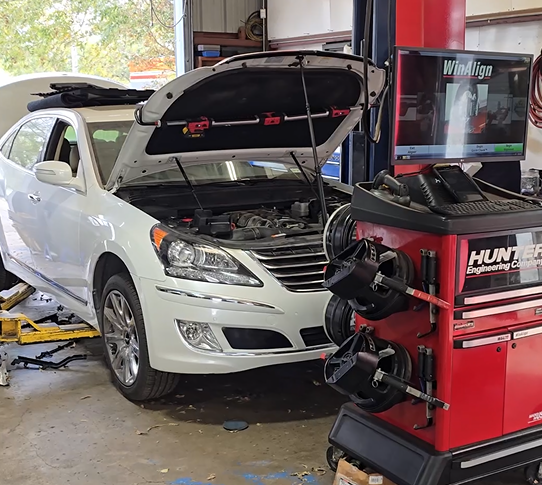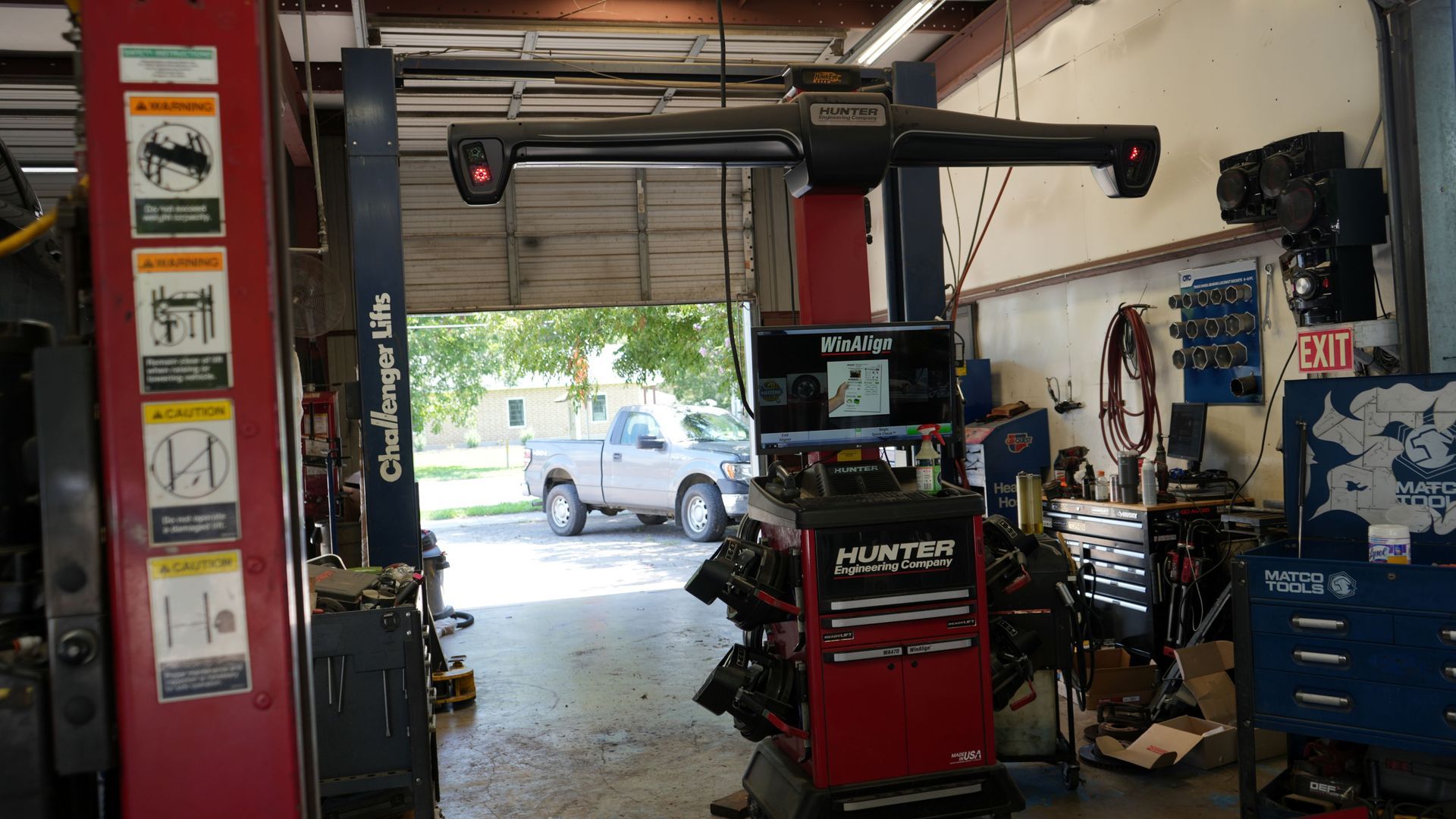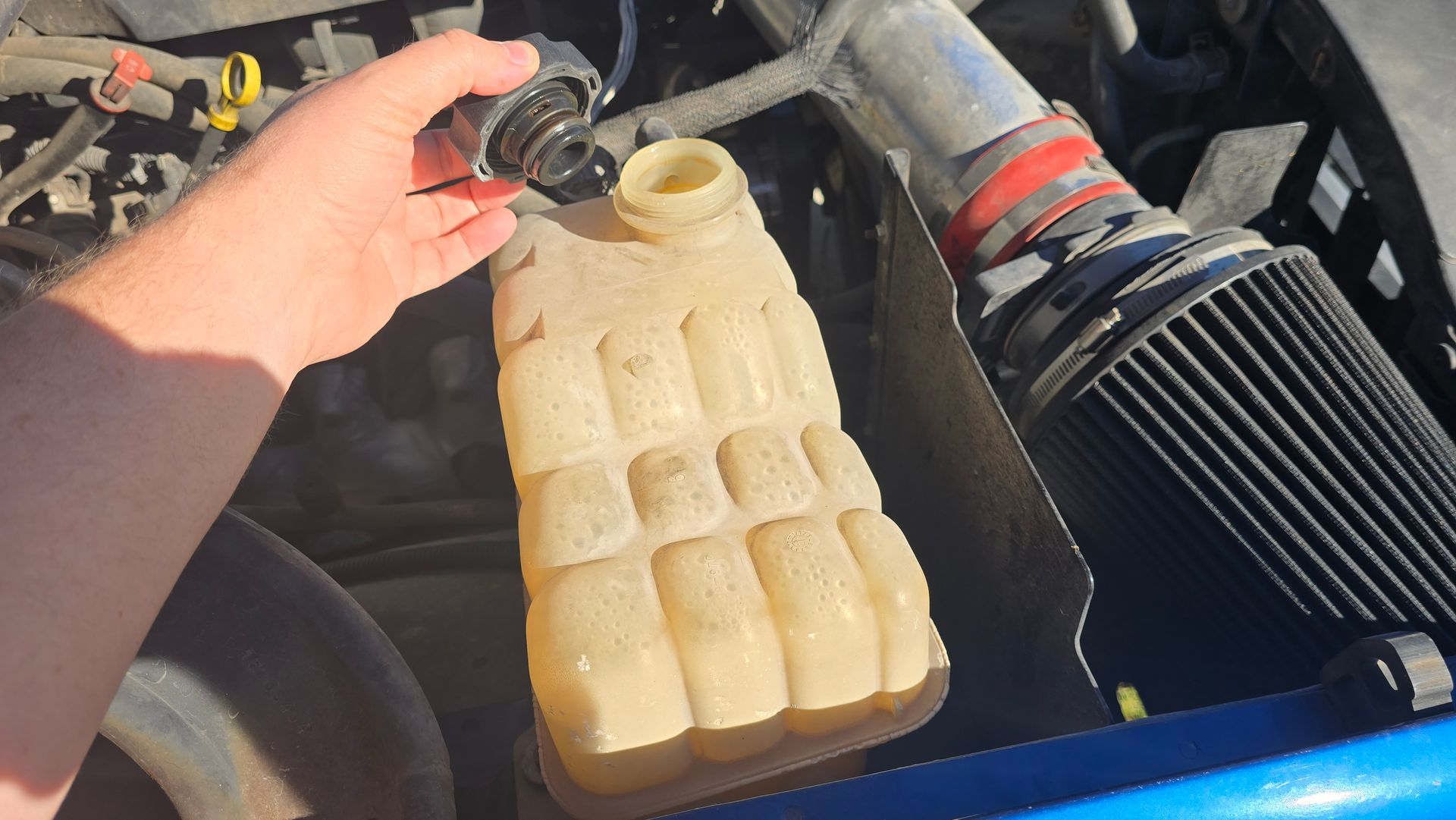A Comprehensive Guide to Maintenance and Safety
Preparing Your Vehicle for Summer: A Comprehensive Guide to Maintenance and Safety
As the summer months approach, it's essential to prepare your vehicle for the hot weather and long road trips that come with it. A well-maintained vehicle is not only safer to drive, but it's also more fuel-efficient and less likely to break down. In this blog, we'll provide a comprehensive guide to preparing your vehicle for summer, including maintenance tips, safety checks, and advice on how to stay cool and comfortable on the road.
Maintenance Tips for Summer
Before you hit the road, make sure your vehicle is in top condition by following these maintenance tips:
- Oil and fluids: Check your oil, coolant, and brake fluid levels, and top them off as needed. Make sure to use the recommended type of oil and fluids for your vehicle.
- Tire pressure: Check your tire pressure and inflate your tires to the recommended pressure. Properly inflated tires can improve fuel efficiency, handling, and safety.
- Battery: Check your battery terminals and cables for corrosion, and make sure the battery is fully charged.
- Air conditioning: Make sure your air conditioning is working properly, and consider having it serviced if it's not blowing cold air.
- Belts and hoses: Inspect your serpentine belt and hoses for signs of wear and damage, and replace them if necessary.
Safety Checks for Summer
In addition to maintenance, it's essential to perform safety checks on your vehicle before heading out on the road. Here are some things to check:
- Brakes: Make sure your brakes are functioning properly, and consider having them inspected if you notice any issues.
- Lights and signals: Check your headlights, taillights, and turn signals to make sure they're working properly.
- Wipers: Check your windshield wipers and replace them if they're worn or damaged.
- Horn: Make sure your horn is working properly, and consider having it replaced if it's not functioning correctly.
- Emergency kit: Make sure you have a basic emergency kit in your vehicle, including items like a spare tire, jumper cables, and a first aid kit.
Staying Cool and Comfortable on the Road
Summer driving can be hot and uncomfortable, but there are several things you can do to stay cool and comfortable on the road:
- Use sunscreen and sunglasses: Protect yourself from the sun's rays by using sunscreen and sunglasses.
- Stay hydrated: Bring plenty of water and snacks on long road trips to stay hydrated and energized.
- Take breaks: Take regular breaks to stretch your legs, get some fresh air, and rest your eyes.
- Use a sunshade: Consider using a sunshade to block out the sun's rays and keep your vehicle cool.
- Keep your vehicle clean: Keep your vehicle clean and free of clutter to improve airflow and reduce heat buildup.
Additional Tips for Summer Driving
Here are some additional tips to keep in mind when driving during the summer months:
- Be aware of heat-related illnesses: Be aware of the signs of heat-related illnesses, such as heat exhaustion and heat stroke, and take steps to prevent them.
- Watch for summer storms: Summer storms can be intense and unpredictable, so make sure to check the weather forecast before heading out on the road.
- Be cautious of wildlife: Summer is a time when wildlife is more active, so be cautious of animals on the road and take steps to avoid them.
- Keep your vehicle well-ventilated: Keep your vehicle well-ventilated to improve airflow and reduce heat buildup.
Conclusion
In conclusion, preparing your vehicle for summer is essential to ensure a safe and comfortable driving experience. By following the maintenance tips, safety checks, and advice outlined in this blog, you can help to prevent breakdowns, stay cool and comfortable on the road, and enjoy a fun and relaxing summer driving experience. At Quick Align Automotive, we're committed to helping you prepare your vehicle for summer and providing you with the best possible service and maintenance. Contact us today to schedule an appointment and get your vehicle ready for the summer months.

